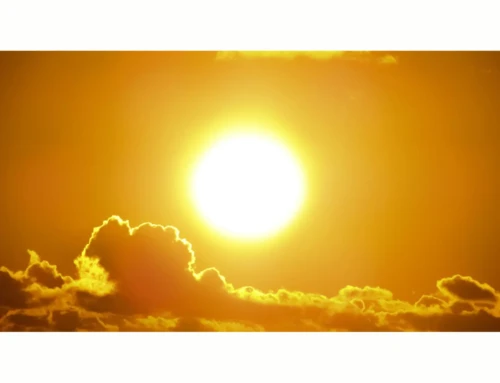Snowflakes are one of the most fascinating and beautiful wonders of nature.
Each snowflake is a unique and intricate masterpiece, formed from tiny ice crystals that come together to create the delicate patterns we see falling from the sky.
Here are 10 fascinating facts about snowflakes that will help you discover the magic of these delicate creations.
Snowflakes are truly a magical and wondrous part of the natural world.
Their unique shapes, sizes, and patterns make them a fascinating subject of study and admiration, and their delicate beauty is a reminder of the incredible complexity and artistry of nature.
Whether you are gazing at a single snowflake or watching a blanket of snowfall from the sky, take a moment to appreciate the magic of these tiny, intricate creations.
And if you would like some snowflake decorations, here’s a small selection from Amazon.







If you enjoyed reading this, the please explore our other articles below:



